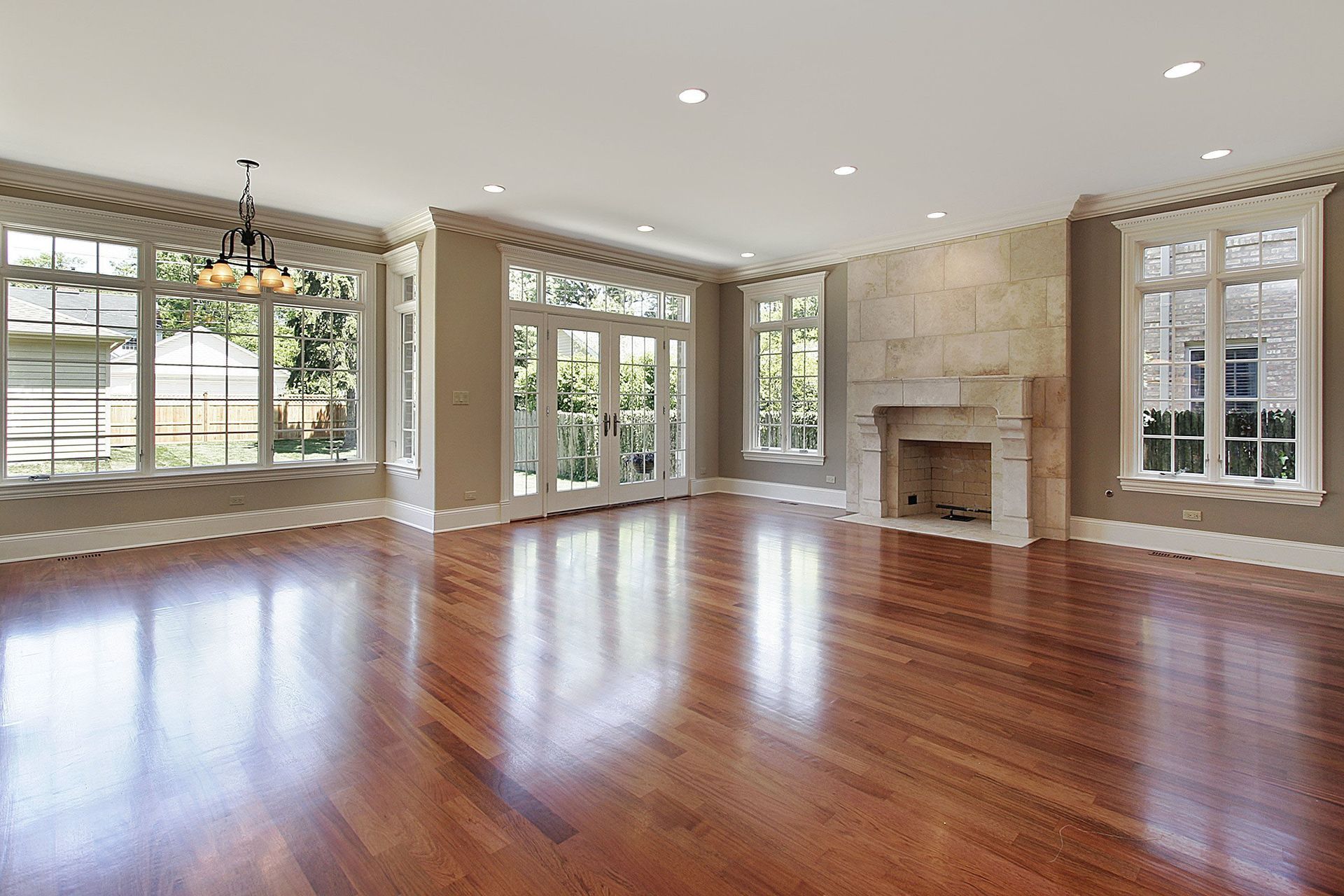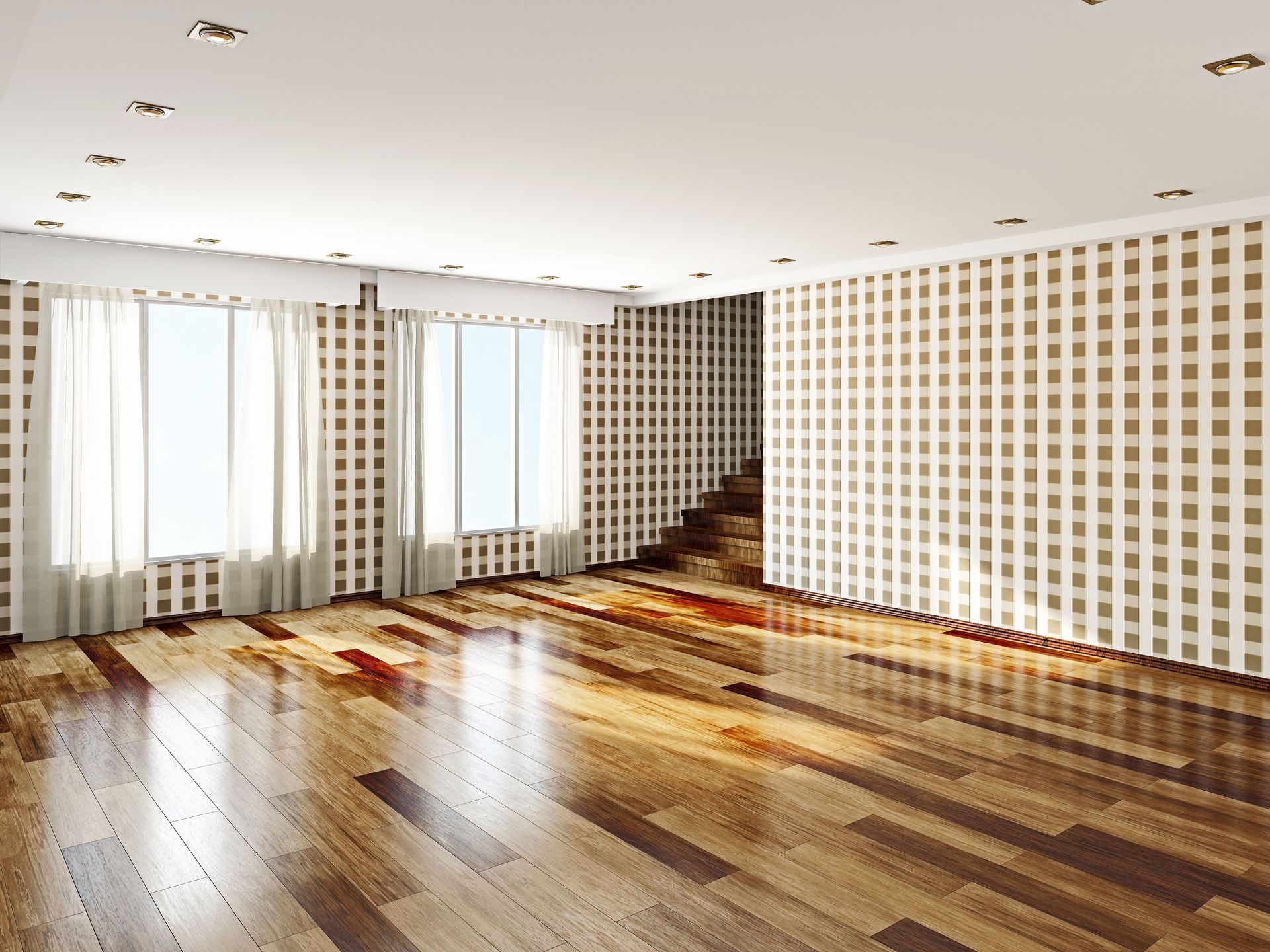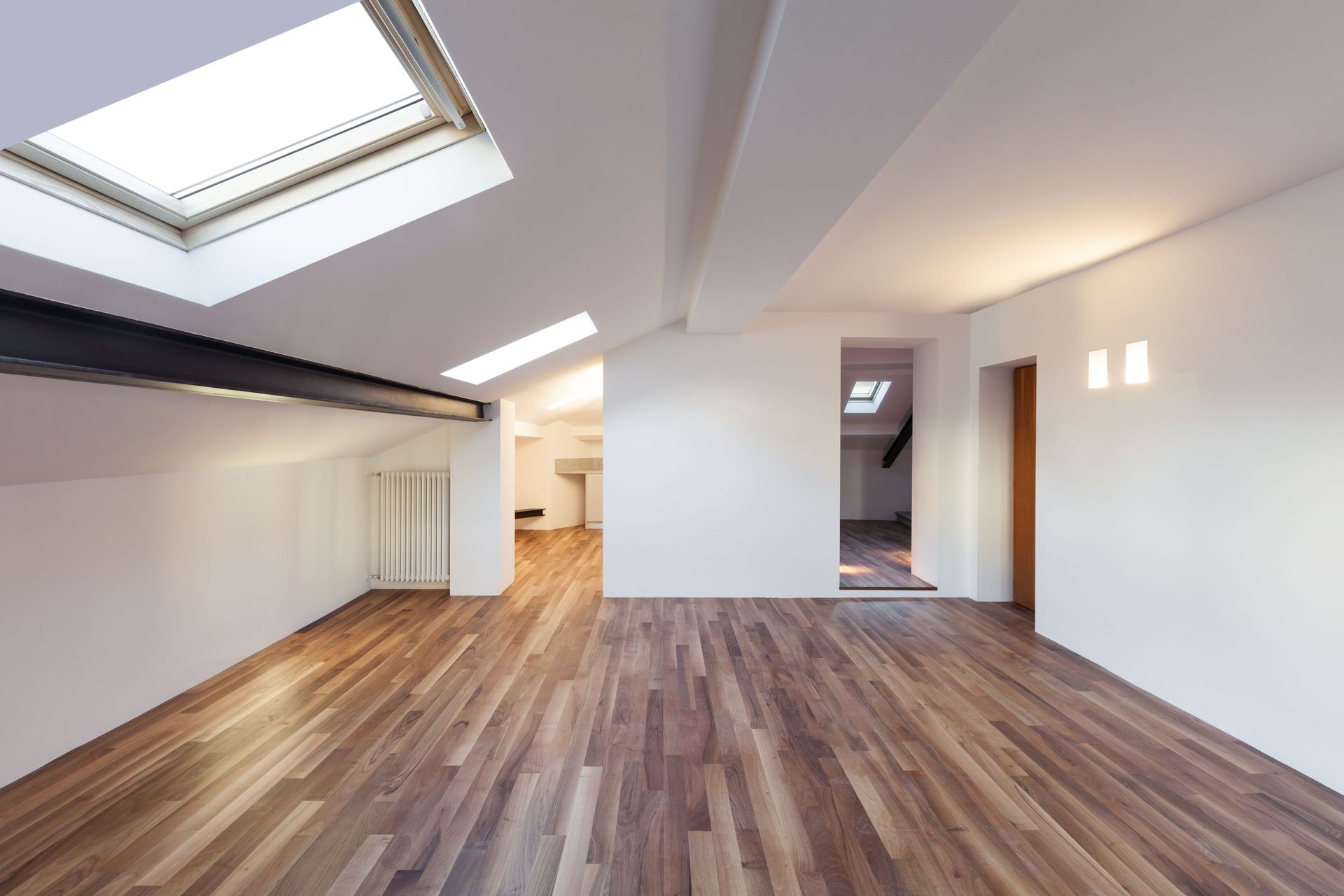12 Popular Types of Hardwood Flooring: Which Is Right for You?
Hardwood flooring is a timeless investment that brings warmth, charm, and long-lasting value to any space. With so many varieties to choose from, selecting the right hardwood for your home can feel overwhelming. Whether you're renovating a single room or upgrading your entire house, it's important to understand the differences in appearance, durability, and maintenance among the most popular species. In this guide, we'll walk you through the top hardwood flooring types to help you make a decision that suits your lifestyle and aesthetic preferences.
1. Oak: The Classic American Choice
Oak is one of the most widely used hardwoods in American homes. It's known for its durability, grain variety, and warm tones. Red oak features a pinkish undertone and pronounced grain patterns, while white oak offers cooler, grayish hues and a subtler grain. White oak is slightly harder than red oak, making it more resistant to dents and scratches—an important consideration for high-traffic areas. Thanks to its popularity, oak is also easy to refinish and pair with a wide range of stains and finishes.
2. Maple: A Smooth, Clean Look
If you prefer a lighter, more contemporary style, maple might be your ideal hardwood flooring option. Its subtle grain patterns and creamy color lend a clean, minimalist look to any room. Maple is harder than red oak and offers excellent resistance to wear, though it can be slightly more challenging to stain due to its tight grain. It's a great choice for families or homes with pets, offering a combination of strength and style.
3. Hickory: Rustic Appeal and Toughness
Hickory stands out for its bold grain patterns and natural color variation, ranging from pale cream to deep brown. It's often favored for rustic or country-style interiors. Hickory is one of the hardest domestic hardwoods available, making it incredibly resilient. According to Today's Homeowners, the Janka rating measures a hardwood's resistance to wear and denting—higher ratings mean greater durability. Hickory scores very high on this scale, making it an excellent choice for active households that want long-term performance.
4. Walnut: Rich Tones and Refined Elegance
Walnut is known for its luxurious dark brown hues and fine, straight grain. It brings a sense of elegance and sophistication to living rooms, bedrooms, or home offices. While not as hard as oak or hickory, walnut still offers decent durability and ages beautifully over time. Because of its natural richness, walnut doesn't usually require heavy staining, making it a good choice for homeowners seeking low-maintenance beauty with a high-end feel.
5. Cherry: Smooth Texture and Deep Color
American cherry is admired for its smooth grain and warm reddish-brown color that deepens with age. Although it's softer than oak and more prone to denting, many homeowners choose cherry for its aesthetic appeal and rich character. It works well in formal areas like dining rooms or studies where heavy wear is less of a concern. Cherry's unique patina can add depth and character to any space, making it a favorite among design enthusiasts.
6. Birch: A Versatile, Budget-Friendly Option
Birch is a cost-effective alternative to maple or oak, offering a wide range of colors from pale yellow to dark brown. It comes in several subtypes, including yellow birch and sweet birch, each with different grain characteristics. While slightly softer than other hardwoods, birch performs well under moderate foot traffic. It's a solid choice for homeowners looking to balance appearance and affordability.
7. Ash: Light Color with a Lot of Character
Ash flooring brings a bright, airy feel to interiors with its light blonde tones and distinctive grain. It resembles white oak in terms of hardness and durability, and it can take stain well if you prefer a different color. Ash is often used in contemporary designs but also fits seamlessly in traditional spaces. Its resilience makes it a solid choice for family homes and multipurpose rooms.
8. Bamboo: A Sustainable Alternative
While technically a grass, bamboo is often included in hardwood flooring discussions due to its similar appearance and performance. Strand-woven bamboo, in particular, is incredibly strong—on par with hickory on the Janka scale. Bamboo is eco-friendly and rapidly renewable, making it appealing to environmentally conscious homeowners. It's available in a range of colors and finishes but may be more sensitive to humidity and moisture changes than traditional hardwoods.
9. Mahogany: A High-End Hardwood with Global Roots
Known for its reddish-brown tone and exceptional durability, mahogany exudes luxury. It's often used in upscale homes and historical restorations. Mahogany is highly resistant to water and insect damage, but it can be more expensive than domestic hardwoods. Its fine grain and smooth finish add an undeniable sense of refinement to any room, making it ideal for formal living spaces or executive offices.
10. Teak: Exotic and Moisture-Resistant
Teak is another high-end option known for its natural oil content, which makes it extremely water-resistant. This makes teak especially useful in humid climates or areas prone to moisture like kitchens or bathrooms. It has a rich golden-brown tone that weathers beautifully over time. Though typically sourced from overseas, sustainable plantation-grown teak is now available for those seeking an exotic look with ethical sourcing.
11. Reclaimed Hardwood: Character With a Story
For homeowners looking for a sustainable and unique flooring option, reclaimed hardwood offers the charm of vintage wood with the benefits of modern refinishing. These planks are often sourced from old barns, factories, or other buildings and carry natural imperfections, nail holes, and weathering. Reclaimed wood may include species that are no longer widely harvested, such as old-growth pine or heartwood oak. The result is a one-of-a-kind floor that's rich in character and history.
12. Engineered Hardwood: Style Meets Stability
Engineered hardwood flooring consists of a real wood veneer atop layers of plywood, making it more dimensionally stable than solid hardwood. This option is particularly well-suited to environments with fluctuating humidity, like basements or condos with radiant heat. It comes in the same variety of wood species and finishes as traditional hardwood and can often be refinished once or twice, depending on the veneer thickness. For many homeowners, engineered hardwood offers the ideal balance of beauty, versatility, and cost.
When choosing the right type of hardwood flooring, it's essential to think about where it will be installed, how much traffic it will endure, and the overall design of your home. For high-traffic areas, opt for species with a high Janka rating like hickory or maple. For formal or low-traffic rooms, you can explore softer species like cherry or walnut. If you need extra resistance to moisture or temperature fluctuations, engineered or exotic woods may be your best bet.
There's no one-size-fits-all answer when it comes to hardwood flooring. Each type brings its own blend of beauty, strength, and personality to your home. Whether you're looking for rustic charm, refined elegance, or eco-friendly innovation, there's a perfect wood out there for you. Remember to consider your household's lifestyle, budget, and long-term maintenance preferences when making your decision.
Need help finding the right hardwood flooring for your project? Contact our experts at A&R Hardwood Flooring today for personalized guidance and explore a wide selection of premium hardwood styles to elevate your home. We look forward to hearing from you and helping you choose the right flooring for areas of your home.





Share On: